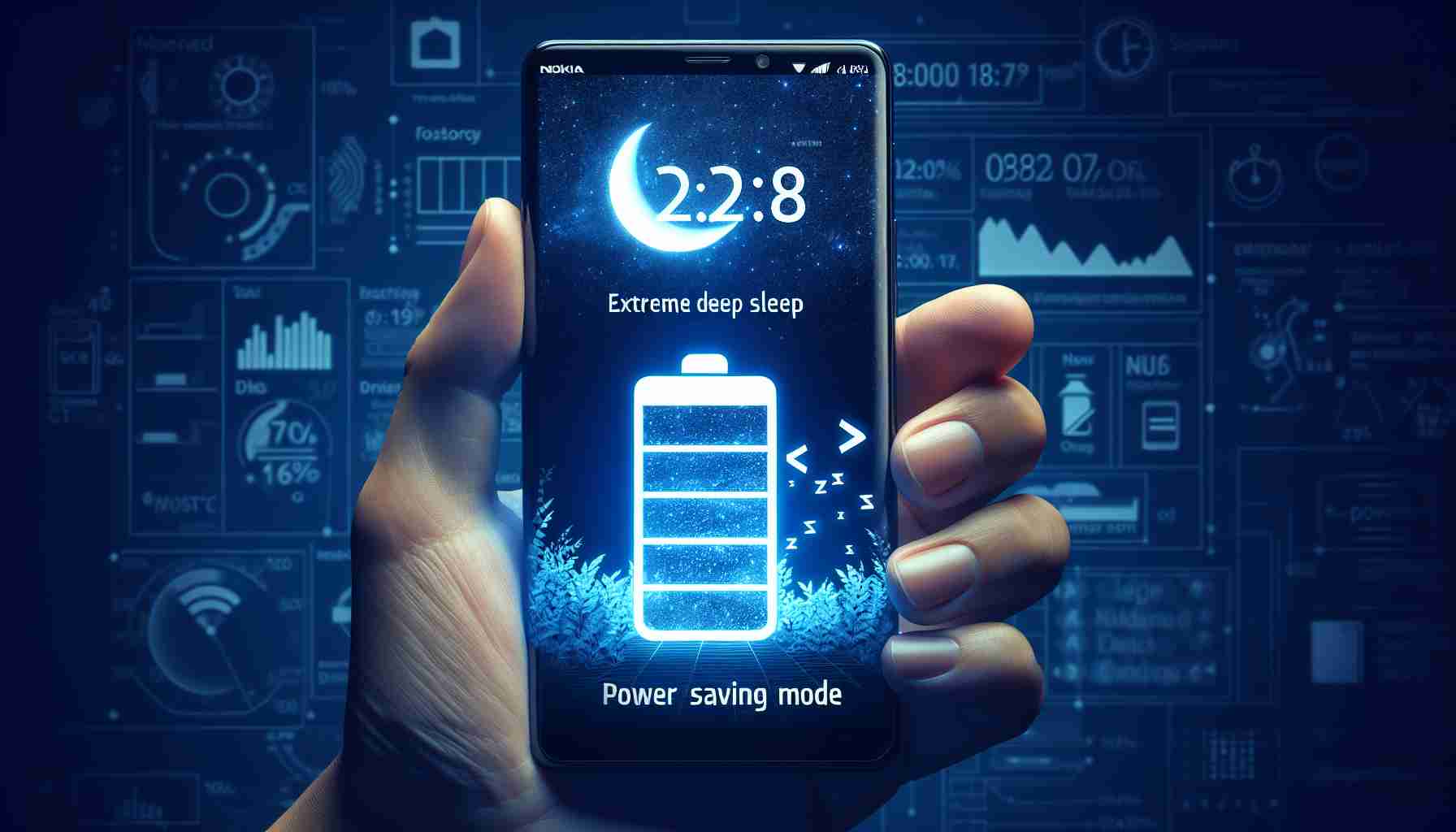In an effort to address the rising electricity costs faced by network operators, Finnish technology firm Nokia has unveiled a groundbreaking solution called “extreme deep sleep.” By leveraging their latest generation AirScale radio architecture and Reefshark System-on-Chip (SoC) chipsets, Nokia estimates that this power saving mode could reduce power consumption on their radio kit in mobile networks by a factor of eight.
The innovative enhancement, also dubbed “Zero Traffic, Zero Watt,” works by intelligently detecting periods of low network traffic and automatically shutting down key components of selected radio units’ hardware, resulting in significant energy savings. This groundbreaking solution goes a step beyond previous deep sleep technologies by disconnecting additional hardware subsystems.
Recognizing the urgent need for energy-efficient solutions, Nokia has partnered with Orange to deploy this technology in France during the latter half of 2024, ensuring seamless performance and optimal customer experience. By incorporating software from Nokia’s Habrok radio units and their MantaRay energy solution, which utilizes AI and machine learning, operators can optimize energy consumption in their radio access networks.
Tommi Uitto, President of Mobile Networks at Nokia, expressed the company’s commitment to innovation and sustainability: “Innovation is at the heart of everything we do at Nokia, and we are dedicated to continuously maximizing the energy efficiency of our technology and AirScale radio access portfolio. This latest achievement with our partner, Orange, demonstrates our efforts to help customers meet their targets and achieve their sustainability ambitions.”
Considering the substantial impact of electricity costs on both operators and consumers, any solution that reduces energy consumption is undoubtedly praiseworthy. Nokia plans to integrate the extreme deep sleep feature into their new generation AirScale RAN (Radio Access Network) portfolio, ultimately benefiting network operators worldwide with increased energy efficiency and cost savings.
FAQ:
1. What is Nokia’s “extreme deep sleep” solution?
Nokia’s “extreme deep sleep” is a groundbreaking solution that aims to reduce power consumption on their radio kit in mobile networks by a factor of eight. It leverages their latest generation AirScale radio architecture and Reefshark System-on-Chip (SoC) chipsets to intelligently detect periods of low network traffic and automatically shut down key components of selected radio units’ hardware, resulting in significant energy savings.
2. How does the “Zero Traffic, Zero Watt” enhancement work?
The “Zero Traffic, Zero Watt” enhancement works by intelligently detecting periods of low network traffic and automatically shutting down key components of selected radio units’ hardware, resulting in significant energy savings. This goes beyond previous deep sleep technologies by disconnecting additional hardware subsystems.
3. When will Nokia deploy this technology?
Nokia has partnered with Orange to deploy this technology in France during the latter half of 2024.
4. How can operators optimize energy consumption in their radio access networks?
By incorporating software from Nokia’s Habrok radio units and their MantaRay energy solution, which utilizes AI and machine learning, operators can optimize energy consumption in their radio access networks.
Definitions:
– AirScale radio architecture: Nokia’s latest generation radio architecture designed for mobile networks.
– Reefshark System-on-Chip (SoC) chipsets: Nokia’s chipsets that provide processing power and capabilities for their radio units.
– Radio kit: Refers to the hardware components used in mobile networks for transmitting and receiving radio signals.
– Deep sleep technologies: Technologies that enable energy-saving modes by reducing power consumption when network traffic is low.
– Radio access networks (RAN): Refers to the infrastructure that connects mobile devices to the core network, enabling them to communicate with each other.
Related Links:
– Nokia: Official website of Nokia, the Finnish technology firm mentioned in the article.
The source of the article is from the blog motopaddock.nl
